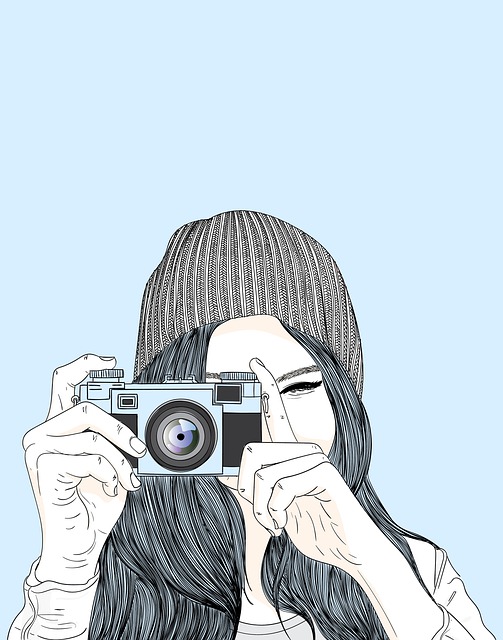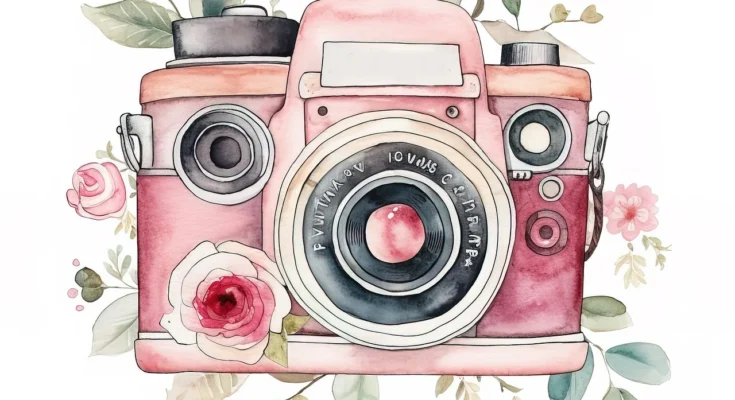In the realm of acting, there exists a delicate dance between the overt and the subtle, where the slightest gesture or expression can convey volumes of emotion. While stage acting often demands larger-than-life performances to reach the back rows, acting for the camera requires a nuanced approach that speaks volumes through the smallest of details. This art of subtlety is a cornerstone of cinematic excellence, separating the amateurs from the masters. Here, we delve into the intricacies of nuanced acting for the camera, exploring its significance and offering insights into mastering this craft.
1. Understanding the Power of Restraint: In the world of film and television, less is often more. Subtle, restrained performances can evoke profound emotional responses from the audience. Rather than relying on grand gestures or exaggerated expressions, skilled actors harness the power of subtlety to draw viewers into the inner world of their characters.

2. Embracing Silence: In the cacophony of dialogue and action, silence can be deafeningly powerful. Nuanced actors understand the impact of moments of silence, using them to convey a myriad of emotions without uttering a single word. The ability to communicate volumes through silence is a hallmark of masterful on-screen performances.
3. The Language of the Eyes: They say that the eyes are the windows to the soul, and nowhere is this truer than in the realm of acting for the camera. Subtle shifts in gaze, the dilation of pupils, or the slightest flicker of emotion can speak volumes. A skilled actor knows how to harness the language of the eyes to convey the innermost thoughts and feelings of their character.
4. Physicality and Gesture: While subtlety often manifests in the realm of emotion and expression, it also extends to physicality and gesture. Every movement, no matter how small, carries meaning. From a barely perceptible twitch of the hand to a subtle shift in posture, nuanced actors understand the significance of every physical nuance in crafting a compelling performance.
5. Mastering the Art of Micro expressions: Micro expressions are fleeting facial expressions that occur involuntarily and often reveal true emotions. Skilled actors are adept at recognizing and portraying these micro expressions, adding layers of complexity to their performances. Whether it’s a quick flash of anger or a subtle hint of sadness, mastering the art of micro expressions is key to creating authentic characters.
6. Finding Truth in Subtlety: At the heart of nuanced acting lies a quest for truth. Subtle performances resonate with audiences because they feel authentic and genuine. Rather than relying on theatrics or exaggeration, nuanced actors seek to embody their characters with honesty and integrity, mining the depths of human emotion to bring their roles to life.

7. The Importance of Subtext: In acting, what is left unsaid can be just as important as what is spoken aloud. Subtext, the underlying meaning beneath the surface of dialogue, is where the art of subtlety truly shines. Skilled actors understand how to convey subtext through subtle cues such as tone of voice, body language, and facial expressions, adding richness and depth to their performances.
8. The Power of Vulnerability: In the pursuit of subtlety, actors often find themselves tapping into their own vulnerabilities. By allowing themselves to be emotionally raw and exposed, they invite audiences to connect with their characters on a deeper level. It is through this vulnerability that nuanced performances become truly unforgettable.
In conclusion, the art of subtlety in acting for the camera is a nuanced and multifaceted craft that requires precision, intuition, and emotional depth. By embracing restraint, harnessing the power of silence, and mastering the language of expression, actors can create performances that resonate deeply with audiences. At its core, nuanced acting is about finding truth in the smallest of moments and allowing that truth to shine through on screen.



